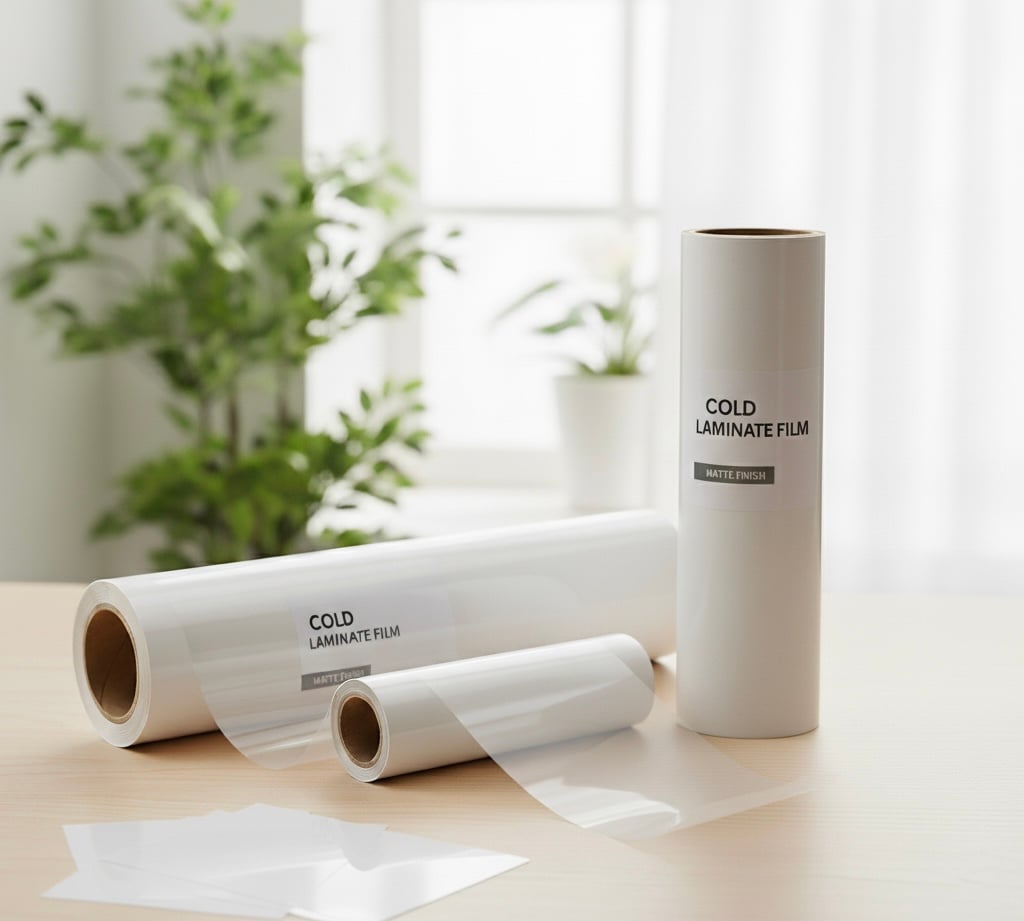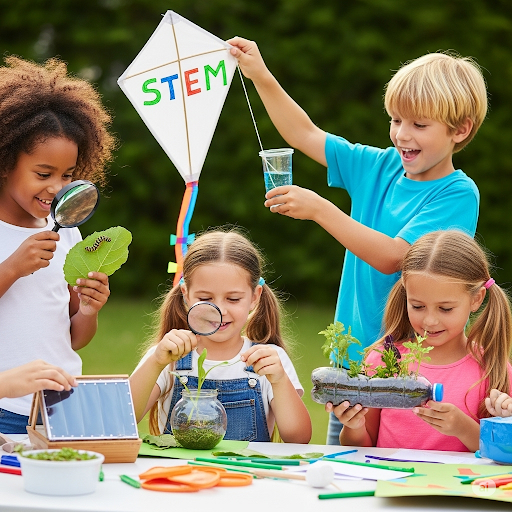
DISCOUNTED EDUCATION PRICING! CALL 1-877-891-8411. We Gladly Accept School Purchase Orders!

Summer is the perfect time to spark curiosity and foster a love for STEM (Science, Technology, Engineering, and Math) in kids, teens, and even adults. With the sun shining and schedules more flexible, engaging in hands-on, creative STEM activities can transform a lazy summer day into an adventure of discovery. This guide offers a collection of the best-ever summer STEM activities designed to captivate learners of all ages, promote critical thinking, and inspire innovation. From backyard experiments to coding challenges, these activities are fun, educational, and guaranteed to make your summer unforgettable. Let’s dive into the ultimate list of Summer STEM activities!
STEM activities during the summer keep minds sharp and prevent the “summer slide,” where students can lose up to 20% of their school-year learning gains, according to studies from the National Summer Learning Association. These activities also nurture problem-solving skills, creativity, and collaboration—attributes essential for future innovators. Whether you’re a parent, educator, or camp organizer, these STEM projects are accessible, budget-friendly, and adaptable for various age groups. Let’s explore activities that blend outdoor fun with indoor creativity, ensuring there’s something for everyone.
Science Concept: Solar energy, heat transfer
Age Group: 8+
Materials: Cardboard box, aluminum foil, plastic wrap, black construction paper, tape, scissors, marshmallows, chocolate, graham crackers
Harness the power of the sun to make delicious s’mores! This activity introduces kids to solar energy and heat transfer.
Instructions:
Learning Outcome: Kids learn how solar energy can be converted into heat, exploring concepts like reflection, absorption, and insulation. Discuss how solar panels work for a real-world connection.
Pro Tip: Experiment with different box sizes or angles to optimize cooking time, encouraging data collection and analysis.
Science Concept: Newton’s Third Law, aerodynamics
Age Group: 10+
Materials: Empty 2-liter soda bottle, water, bike pump, cork, PVC pipe (optional for launch platform)
Launch a rocket using just water and air pressure! This thrilling experiment demonstrates Newton’s Third Law of Motion (for every action, there’s an equal and opposite reaction).
Instructions:
Learning Outcome: Participants explore aerodynamics and physics while experimenting with variables like water volume or air pressure to achieve higher launches.
Safety Note: Perform in an open area, away from people, and wear safety goggles.
Science Concept: Optics, magnification
Age Group: 6+
Materials: Clear plastic bottle, water, small objects (leaves, insects, etc.)
Create a simple microscope using water to magnify nature’s wonders.
Instructions:
Learning Outcome: This activity introduces optics and how lenses bend light to magnify images, connecting to real-world applications like microscopes and telescopes.
Extension: Compare the magnification of different water droplet sizes or shapes.
Technology Concept: Coding, logic
Age Group: 8+
Materials: Computer with internet access, Scratch (free at scratch.mit.edu)
Coding is a gateway to creativity, and Scratch makes it accessible for beginners. Create a summer-themed game, like a beach adventure or a virtual lemonade stand. Make STEM Summer Activities FUN!
Instructions:
Learning Outcome: Kids develop computational thinking and problem-solving skills while creating a playable game.
Pro Tip: Challenge advanced learners to add variables for scoring or timers for difficulty levels.
Engineering Concept: Structural engineering, load distribution
Age Group: 10+
Materials: Dry spaghetti, marshmallows or hot glue, ruler, small weights (e.g., coins)
Test your engineering prowess by building a bridge that can hold weight using only spaghetti and marshmallows.
Instructions:
Learning Outcome: Participants learn about structural integrity, load distribution, and engineering design processes.
Extension: Compete with friends to see whose bridge holds the most weight, fostering teamwork and innovation.
Technology Concept: Electricity, circuits
Age Group: 12+
Materials: LED lights, coin cell batteries, copper tape, paper, scissors
Create a light-up greeting card or artwork using simple circuits.
Instructions:
Learning Outcome: This activity introduces basic electronics and circuit design, sparking interest in electrical engineering.
Pro Tip: Add a switch by folding a piece of paper to break the circuit, teaching about open and closed circuits.
Math Concept: Arithmetic, financial literacy
Age Group: 8+
Materials: Paper, pencil, calculator (optional), play money
Turn a classic summer activity into a math lesson by running a virtual lemonade stand.
Instructions:
Learning Outcome: Kids practice addition, subtraction, multiplication, and budgeting while learning about entrepreneurship.
Extension: Use a spreadsheet to track data and create graphs, introducing data analysis.
Math Concept: Geometry, symmetry
Age Group: 6+
Materials: Sidewalk chalk, ruler, protractor
Transform your driveway into a canvas for geometric art.
Instructions:
Learning Outcome: Participants learn about geometric properties, angles, and spatial reasoning in a creative way.
Pro Tip: Challenge kids to calculate the area or perimeter of their shapes for an added math boost.
Engineering Concept: Physics, material science
Age Group: 10+
Materials: Eggs, straws, tape, paper, cotton balls, other household items
A classic STEM challenge where teams design a contraption to protect an egg from a high drop.
Instructions:
Learning Outcome: Encourages teamwork, engineering design, and problem-solving under constraints.
Extension: Analyze why some designs worked better, discussing concepts like shock absorption and material strength.
Engineering Concept: Robotics, mechanics
Age Group: 12+
Materials: Small motors (from old toys), batteries, popsicle sticks, rubber bands, glue
Build a simple “bristlebot” or vibrating robot using household items.
Instructions:
Learning Outcome: Introduces basic robotics and mechanical engineering principles in a fun, accessible way.
Pro Tip: Host a race to see whose robot moves fastest, encouraging iterative design improvements.
